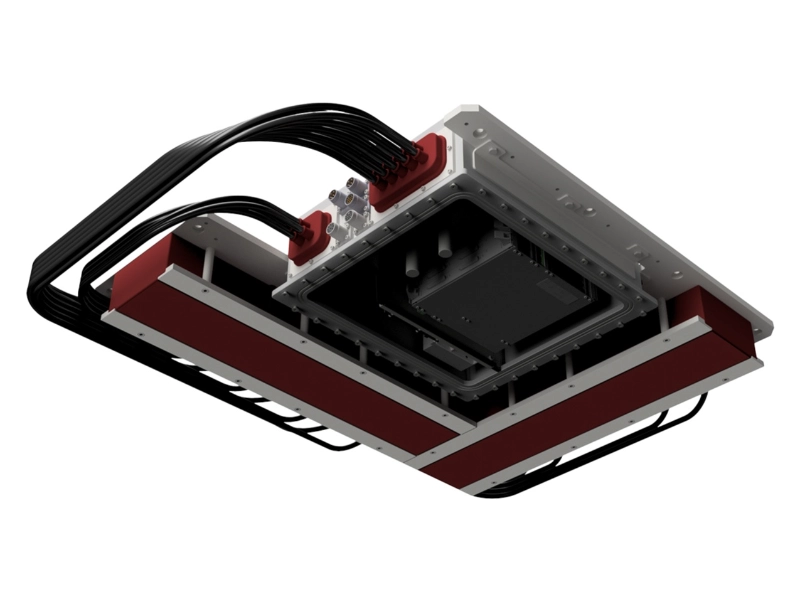Over the past few decades, undersea mapping has changed drastically, transforming our knowledge of ocean floor, marine archaeology, and subsea infrastructure. For offshore energy projects, maritime research, and environmental preservation campaigns, these advanced mapping technologies have grown to be essential instruments. From cutting-edge autonomous underwater vehicles to advanced multibeam sonar technology, these techniques offer hitherto unheard-of accuracy in exploring the enigmatic depths of our seas. Examining the 10 most effective undersea mapping methods that have revolutionised marine surveying and keeps pushing the frontiers of subsea exploration, this paper
1. Kongsberg EM 712 Multibeam Echo Sounder

Offering extraordinary performance in both shallow and deep waters, the Kongsberg EM 712 is the height of modern underwater mapping technologies. This system has amazing coverage and quality running at frequencies between 40 and 100 kHz. For large-scale mapping operations, its dual-swath capacity lets for double the survey pace without sacrificing data quality, therefore enabling great efficiency. The system's unique capabilities—real-time ray tracing and automatic seabed classification—allow exact readings even under demanding circumstances. National hydrographic offices and research facilities all around choose the EM 712 because of its capacity to run efficiently in depths ranging from 3 to 3,600 meters.
